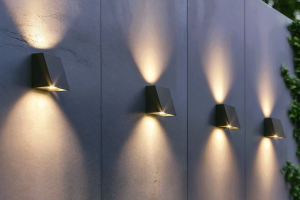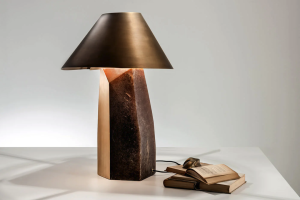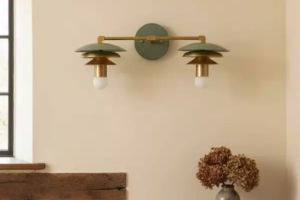Introduction
The traditional Scandinavian colors have a unique beauty that has been admired for centuries. These colors have been inspired by the Northern European landscape and culture, and they are admired for their simplicity, elegance, and unique charm. In this article, we will explore the beauty of traditional Scandinavian colors and their cultural significance.
History of Scandinavian Colors
Scandinavian countries have a unique history and culture that have influenced their color choices. The Vikings, who were the early inhabitants of Scandinavia, used colors such as red, blue, and green in their dress and ornamentation. Later, during the Middle Ages, Scandinavian countries developed their own styles of art and architecture, which included the use of colors such as white, black, and grey.
In the 20th century, Scandinavian design became popular around the world, and with it came the use of light, muted, and earthy tones. These colors were used to create a calming and welcoming interior design style that emphasized simplicity, functionality, and harmony with nature.
The Cultural Significance of Scandinavian Colors
Colors in Scandinavian culture have a strong connection to the natural world. Blue and green are often associated with water and forests, while red is linked to fire, passion, and love. White symbolizes snow, purity, and simplicity, while black represents night, mystery, and depth.
In Scandinavian design, colors are also used to create a calm and relaxing atmosphere. Light colors, such as beige, grey, and cream, are commonly used on walls, furniture, and fabrics to create an airy and peaceful environment. This color palette is often complemented by natural materials such as wood, stone, and leather.
Popular Scandinavian Colors
While the traditional Scandinavian color palette is light and muted, there are several popular colors that are used in the region.
1. Blue – Blue is a popular color in Scandinavian design. It is often used to create a calming and serene atmosphere. Different shades of blue, including navy, turquoise, and sky blue, are commonly used in home decor and fashion.
2. White – White is a popular Scandinavian color that symbolizes purity, simplicity, and cleanliness. It is commonly used in interior design to create a bright and open space.
3. Green – Green is a color that represents nature and is commonly used in Scandinavian design. From muted sage green to bright emerald green, this color brings a touch of freshness and vitality to any space.
Conclusion
Scandinavian colors have a unique beauty that is admired around the world. These colors are inspired by the region’s history, culture, and natural beauty. The traditional Scandinavian color palette is light, muted, and calming, creating a sense of harmony and peace in any space. By embracing these colors in our home decor and fashion, we can bring a touch of Scandinavian design into our own lives.



More Posts
Stunning Vintage Opaline Lights: Illuminating Homes with Timeless Elegance
Bringing Versatility to Light: Exploring the Benefits of Dual Light Technology
Shining Light on E14 Bulbs: The Ultimate Guide to Understanding and Using Them